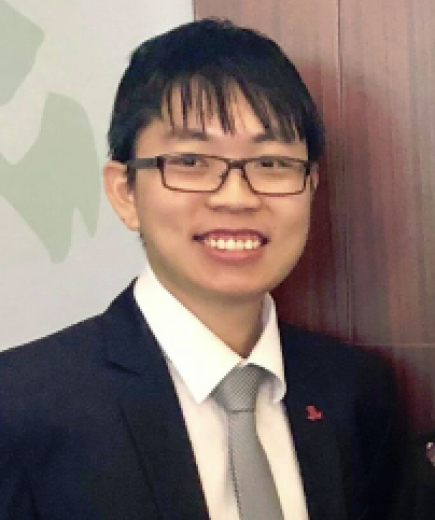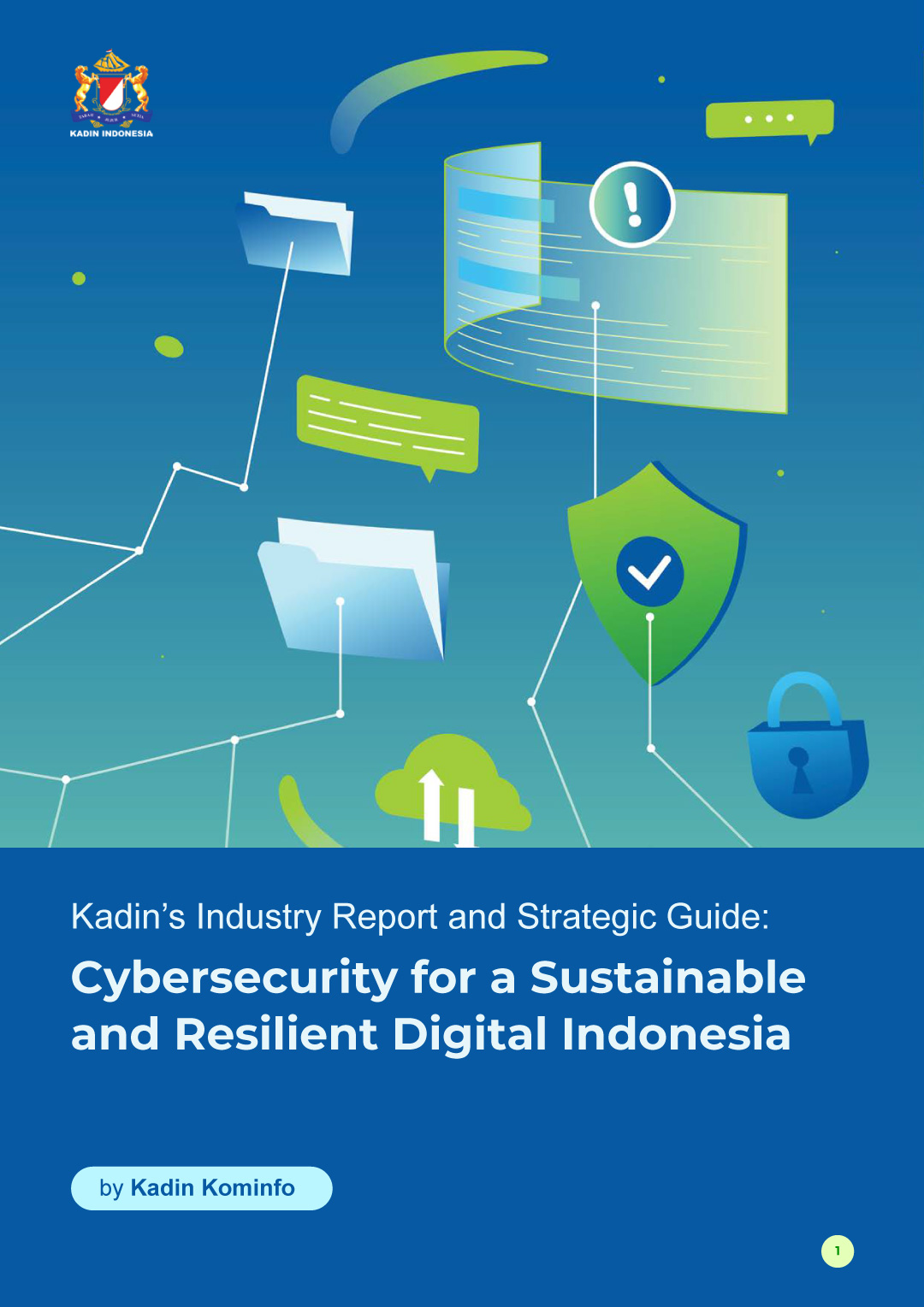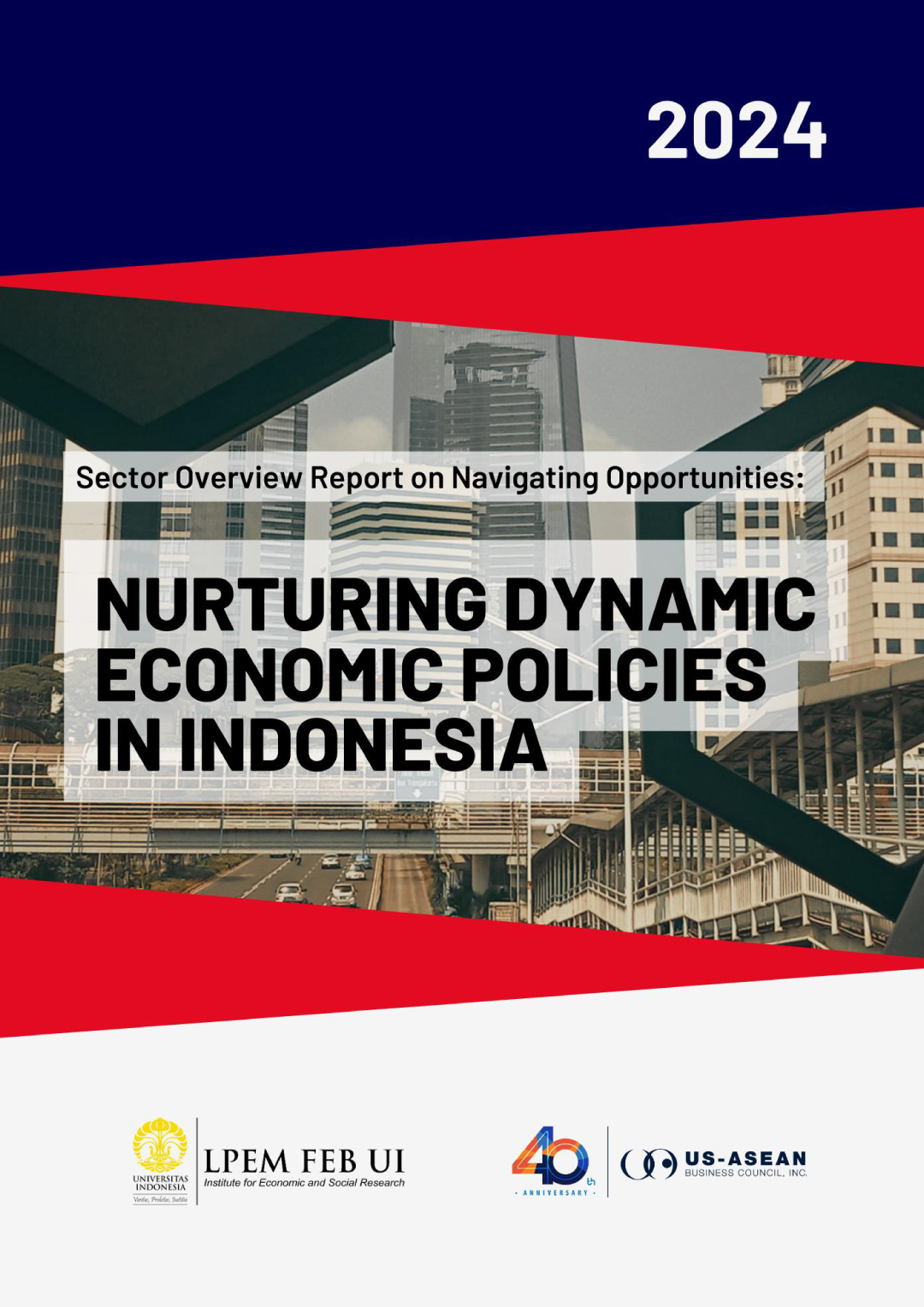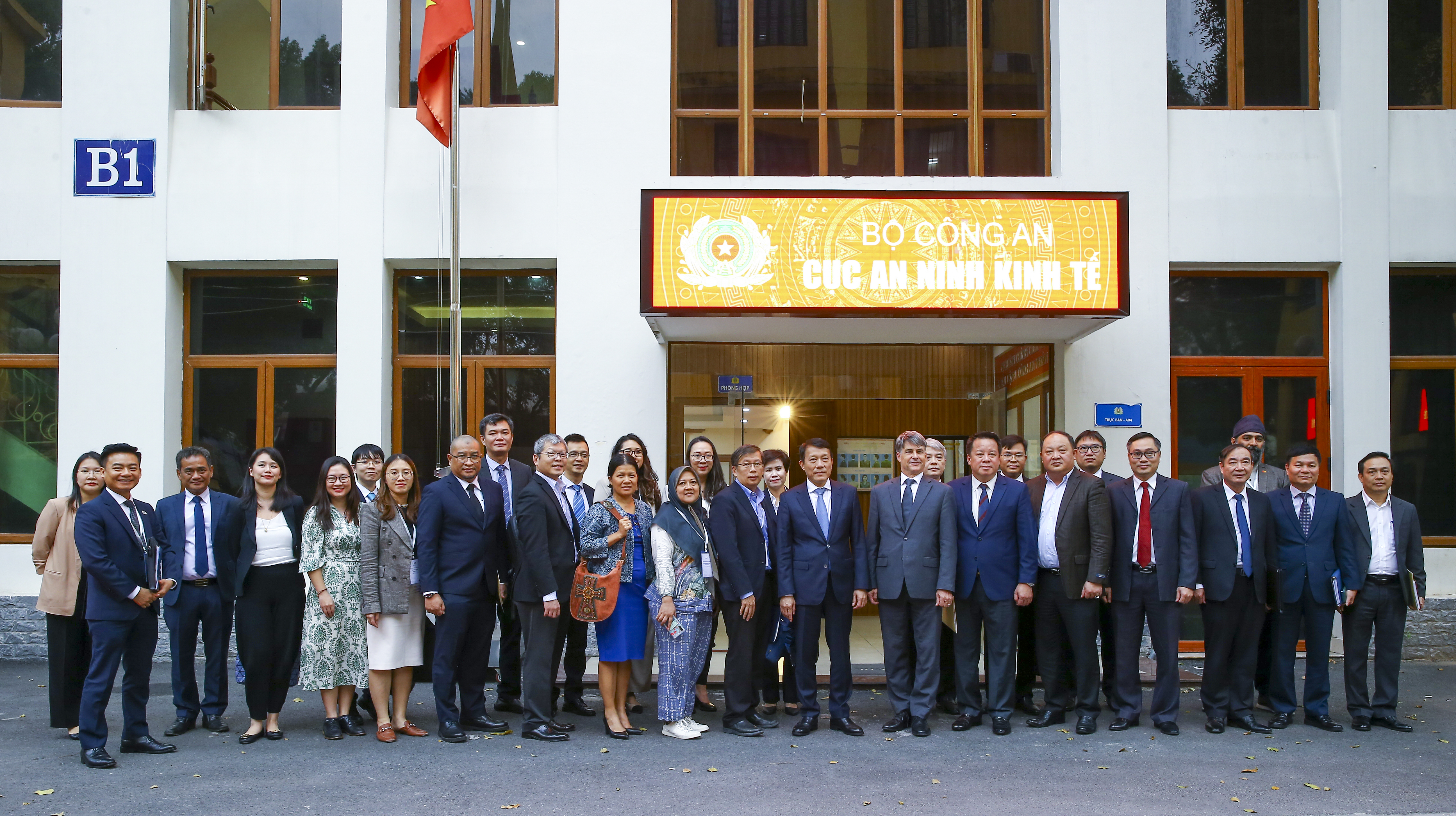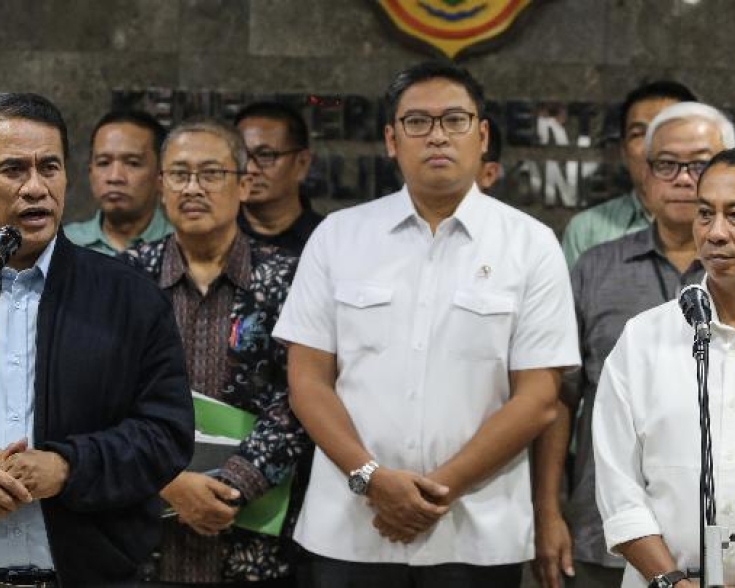New Partnerships and Initiatives Propel Semiconductor Manufacturing Development across ASEAN

On November 13 and 16, the U.S. State Department announced partnerships with both the Philippines and Indonesia to explore opportunities to grow and diversify the global semiconductor ecosystem under the International Technology Security and Innovation (ITSI) Fund. The first phase of each partnership will involve a comprehensive assessment of the countries' existing semiconductor ecosystems and regulatory frameworks, as well as workforce and infrastructure needs. The countries are expected to use these initial findings as the basis for potential future joint initiatives in the sector.
Under the recently upgraded Comprehensive Strategic Partnership, the U.S. announced a similar partnership with Vietnam in September, describing the country as a potentially critical player in the global semiconductor supply chain. Vietnam has recently indicated intentions to build its first chip manufacturing plant despite warnings from U.S. officials about high costs.
Other countries, including Singapore and Malaysia, have prioritized encouraging foreign investments in recent months. In Singapore, Vanguard International Semiconductor, an affiliate of Taiwan Semiconductor Manufacturing Co., is reportedly considering building its most advanced chip plant ever in the country. Malaysia aims to bolster investments in its semiconductor industry. The Malaysian government has driven efforts with the release of a new industry master plan in September that requires US$20 billion in investments to build a more advanced manufacturing sector by 2030.
Southeast Asia has emerged as a potent force in the global semiconductor ecosystem in recent years, driven by strong government support, a skilled workforce, and a favorable business environment. The region’s semiconductor exports have grown considerably, accounting for more than US$165.3 billion in 2022, compared to US$52.3 billion in 2017. Singapore and Malaysia currently lead the region’s chip industry, representing 11% and 7% of the global semiconductor market respectively.



